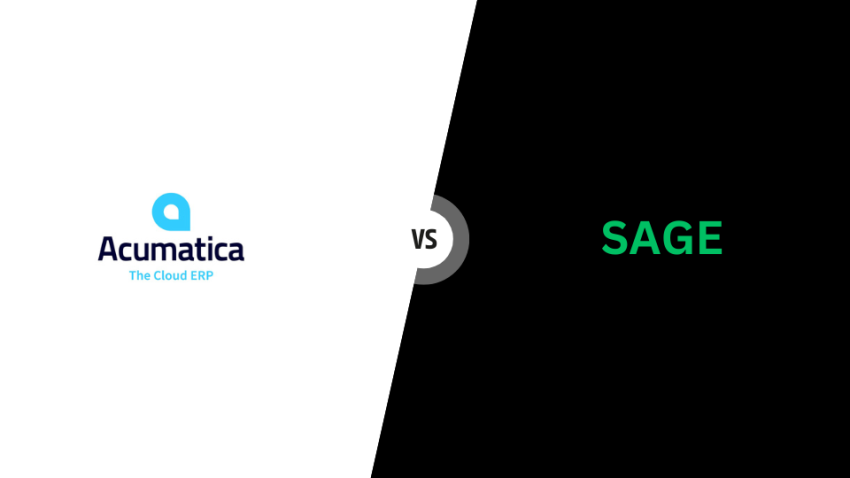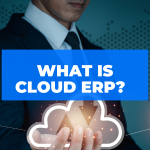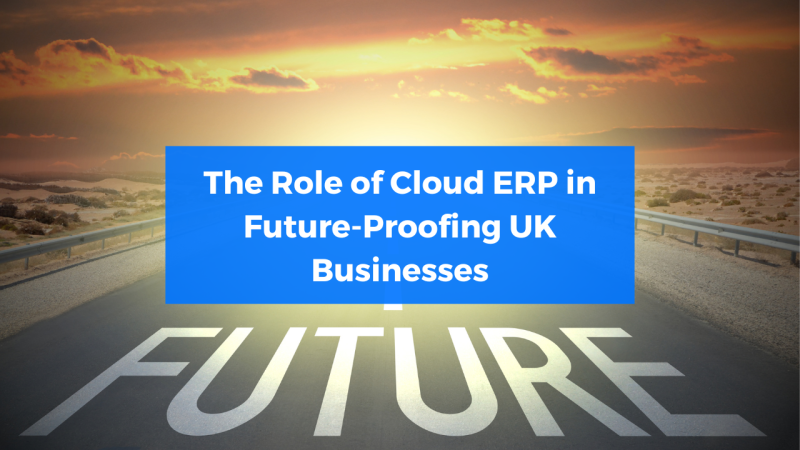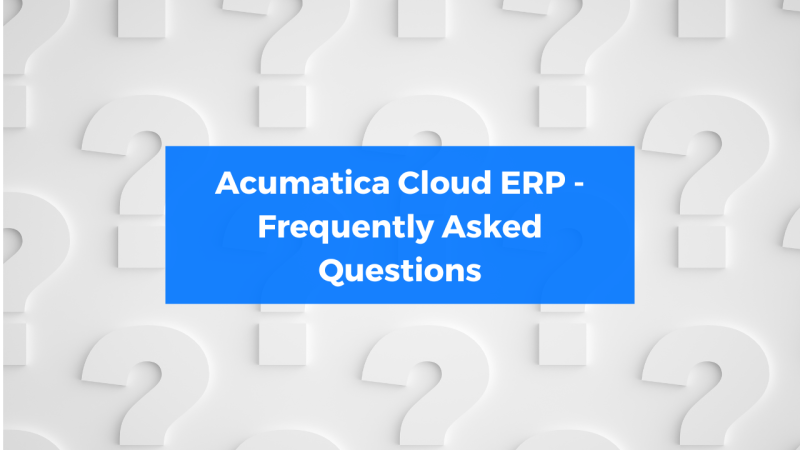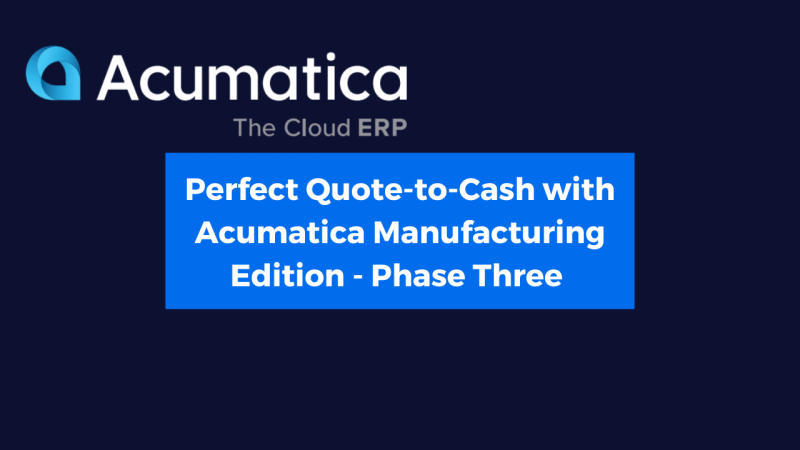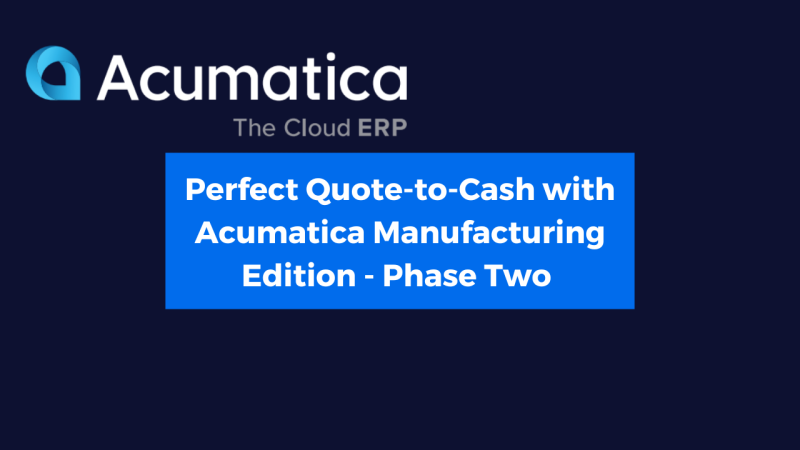Acumatica vs Sage
As you may well know, Sage is a very popular legacy ERP provider which is aimed mainly at small-mid-sized companies. Sage 50, 100, Sage 300, and Sage 500 each have their own unique feature sets and each is targeted at a specific market segment.
All of these Sage products (50, 100, 300, and 500) have a long history and can certainly offer adequate functionality for SMEs. However, drawbacks do exist, namely:
- These products are all priced per user, which is not ideal for growing companies that may need to add users regularly.
- These products were built using much older system architecture, which is an issue in scenarios designed for the latest technologies, including cloud deployment options, customizations using current development tools, and integrations with CRM and other external software applications.
- These products were developed independently on different platforms, so there is no direct migration path; from one product to another.
Acumatica offers a completely integrated ERP and CRM solution built on a true cloud architecture. Plus, you are only charged by system resources, not per user, whether Acumatica is deployed on-premises or in the cloud.
Acumatica provides the best value, performance, functionality, and ease of use of any ERP product available for small- and medium-sized businesses.
Buying a new ERP system is a major decision that will affect your business for many years. We believe your next ERP system should be Acumatica. However, we encourage you to perform due diligence when considering the purchase of any ERP system. Ask questions. Listen to the answers. Know your business requirements over the next three to five years. Make sure you choose the ERP system that is right for your company now and in the future.
Make sure you take some time to review Acumatica’s ERP software selection resources to help you find the solution that is perfect for your business.
Watch this quick (3-minute) demonstration of Acumatica in action.
Acumatica vs Sage – The Big Differences
TRUE CLOUD
“True cloud” means all functionality is accessible through the internet using a standard browser. This eliminates the need for any software installation on the user’s device and no additional software licensing is required. The majority of Sage products use older software development practices and platform architecture. These products were built for on-premises deployments and retrofitted for the cloud. These products cannot match the level of speed, functionality, and ease of use offered by a true-cloud platform. Acumatica was designed to leverage the capabilities of cloud computing and can run equally on-premises or in the cloud. You can even switch between the deployment models if required.
FULL FUNCTION ERP
The Sage product line being compared here is scaled to various business sizes and needs, so not every product offers the same ERP functionality. However, because the bulk of the Sage product line was built on older client-server technology from the 1990s, not all of their products offer full functionality when deployed in the cloud as their on-premises counterparts. Acumatica offers a fully integrated financial and ERP solution that can scale with your business in the cloud or on-premises.
MULTIPLE DEPLOYMENT OPTIONS
Sage and Acumatica can support deployments on-premises, cloud, or hosted. Most Sage products cannot be deployed as true cloud because of their legacy architecture. This affects their accessibility, support costs, scalability, and functionality. Cloud-native Sage products (e.g., Intacct and X3) cannot be deployed in a private/hosted nor on-premises model.
Related Articles
- Acumatica vs Quickbooks
- Video Overview of Acumatica Cloud ERP
- The Benefits of Mobile CRM
